How to Select a Aquarium Water Pump

Selecting the right pump for an aquarium application can be confusing. Too small and it might not do the job. Too big and it might be overwhelming for the fish and produce too much heat. There are a few factors to consider when selecting an aquarium water pump:
Application:
What are you using the pump for? There are many applications for water pumps, but most can be divided into three general categories: "closed systems," "open systems," and "re-circulation systems."
Closed (or "static") systems are those where the water is being forced through closed filter canisters or modules. In a closed system, the entire system is sealed tight except for the intake of the pump and the return line leading back to the aquarium or reservoir. Both intake and return lines are attached to the same body of water. Closed systems typically require more powerful pumps that generate more pressure. These are called "pressure" or "high-head" pumps. Closed systems usually call for a higher turnover rate than that required for open systems. Canister filters and pump/module filters are examples of closed systems.
Open (or "gravity return") systems are those where water is being drawn from an open "source" tank or reservoir and returned via a pump to another open "destination" tank or reservoir that is located above the source tank. Open systems take advantage of gravity via an overflow or siphon box in the destination tank to return water to the source tank. Water is pumped from the source reservoir up to the destination tank. The water then overflows or is drawn by siphon from the destination tank into a return line where it flows back down to the source reservoir. An example of an open system is a typical wet/dry filter or "Berlin" reservoir.
Because this type of system uses open tanks, the pumps used for these systems should be matched carefully to the overflow (or siphon) plumbing size. The pump should be equipped with a valve to control water flow and prevent flooding of the destination tank. Pumps for these types of systems are usually referred to as "re-circulation" pumps.
A re-circulation system is similar to an open system, except that water is being drawn from and returned to the same open tank or reservoir. This may be for the purpose of providing more water current or to drive a submersible filter. An under gravel filter is an example of a re-circulation system. Small submersible pumps or power heads are usually used for simple re-circulation systems. A typical protein skimmer arrangement uses a controlled re-circulation system, with valves controlling the flow into and out of the skimmer to adjust water column height.
Number of Returns:If you are planning on returning water from a filter to your aquarium via two or more return lines, you should consider using a more powerful pump as water flow will decrease through multiple returns. Consider using a valve on each return line so you can regulate the flow coming out of each return.
Aquarium Volume & Turnover Rates:In our opinion, too much emphasis is placed on the turnover of the aquarium in filtration systems. To make matters worse, no one seems to agree on what is best. Since the subject seems up for grabs, we'll offer our own opinion and hope we don't confuse you even more. Bigger is not better for open systems such as wet/dry filters. Most require a turnover rate of only three times the system volume per hour. Most wet/dry filter manufacturers provide recommendations for their filters. Our rule-of-thumb is to use a pump that will turn the tank over three times per hour for open systems and five times per hour for closed systems. If the aquarium requires more current, small power heads or submersible pumps may be used to add additional water flow.
Resistance:When a pump returns water to an aquarium, every bend in the return line offers resistance. Filter material in-line in the form of a canister or micron module also offers resistance. The more resistance there is, the more backpressure the pump must endure, and a more powerful pump will be required to do the job. Keep your return lines simple. We recommend vinyl or "spa-flex PVC" as opposed to using hard PVC.
Heat Production and Noise:So you have your system all set up, and you chuckle with glee as you watch the water in the tank swirling around and gushing into your reservoir. You used a big mucka pump and you know darn well you've got enough current to satisfy any requirement needed. A few hours later, you check your water temperature and your heart sinks as you see that your tank is now running 95 degrees Fahrenheit. This scene is more common than you might think. The bigger the pump, the more heat it will produce. Air-cooled pumps tend to run cooler but make more noise. Water-cooled pumps are quieter but produce more heat. Submersible pumps are also quiet but transfer heat by virtue of the fact that the motor is under water.
https://aquariumfishcity.com/



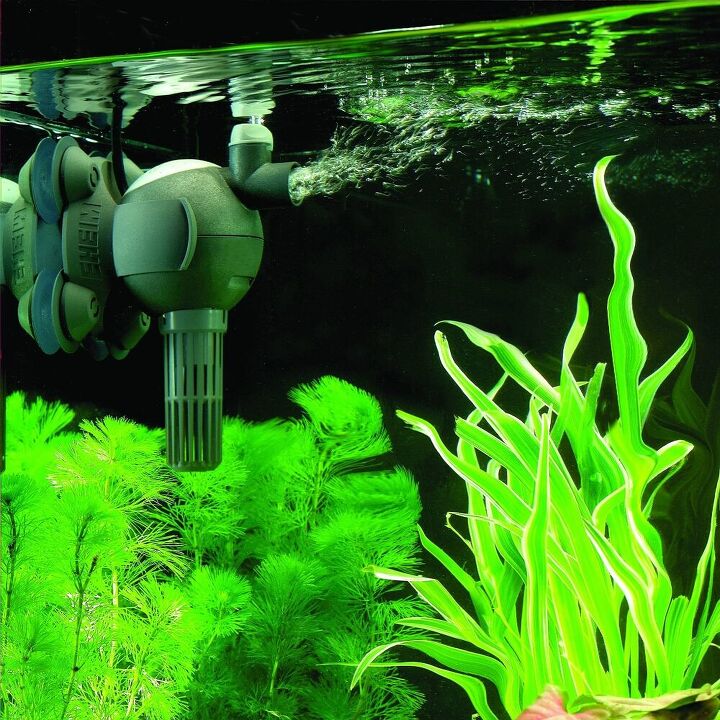



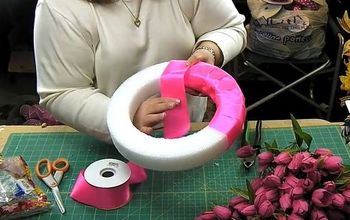

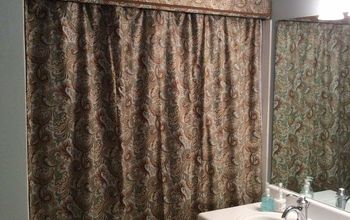





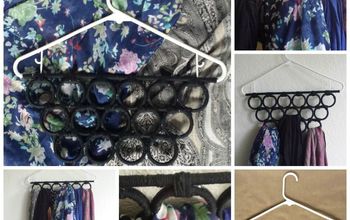








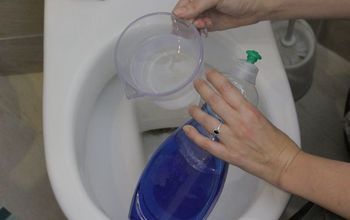
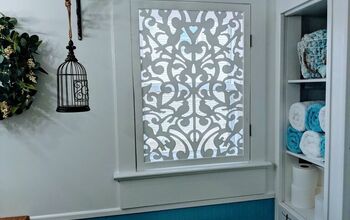
Frequently asked questions
Have a question about this project?